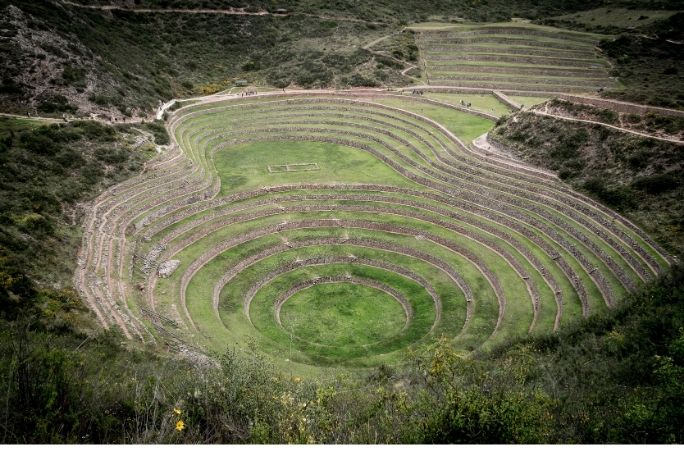Lesson summary
This activity has been designed to introduce students to the topic of climate change and provide students with the opportunity to create and investigate personally important questions around this topic. Students begin the activity by brainstorming climate change and creating a word cloud. Students then read information about climate change from the Cool Australia Climate Change Toolbox and develop questions about what they read using question starters. They are then asked to investigate these questions and present their answers to the class. This lesson meets selected Australian Curriculum outcomes for Years 7 and 8 in the subjects of English and Science.
Learning intentions:
Students will...
- recognise that different people think about climate change in different ways
- understand that there are common themes in how different people think about climate change and that these can be ordered or grouped
- understand that climate change is a complex issue with difficult questions.
Lesson guides and printables
Curriculum links
Select your curriculum from the options below.
Lesson details
Curriculum mapping
Australian Curriculum content descriptions:
Year 7 English:
- Use interaction skills when discussing and presenting ideas and information, selecting body language, voice qualities and other elements, (for example music and sound) to add interest and meaning (ACELY1804)
- Plan, draft and publish imaginative, informative and persuasive texts, selecting aspects of subject matter and particular language, visual, and audio features to convey information and ideas (ACELY1725)
- Use a range of software, including word processing programs, to confidently create, edit and publish written and multimodal texts (ACELY1728)
Year 7 Science:
- Identify questions and problems that can be investigated scientifically and make predictions based on scientific knowledge (ACSIS124)
- Communicate ideas, findings and solutions to problems using scientific language and representations using digital technologies as appropriate (ACSIS133)
Year 8 English:
- Use interaction skills for identified purposes, using voice and language conventions to suit different situations, selecting vocabulary, modulating voice and using elements such as music, images and sound for specific effects (ACELY1808)
- Create imaginative, informative and persuasive texts that raise issues, report events and advance opinions, using deliberate language and textual choices, and including digital elements as appropriate (ACELY1736)
- Experiment with text structures and language features to refine and clarify ideas to improve the effectiveness of students’ own texts (ACELY1810)
- Use a range of software, including word processing programs, to create, edit and publish texts imaginatively (ACELY1738)
Year 8 Science:
- Identify questions and problems that can be investigated scientifically and make predictions based on scientific knowledge (ACSIS139)
- Communicate ideas, findings and solutions to problems using scientific language and representations using digital technologies as appropriate (ACSIS148)
Syllabus Outcomes: EN4-4B, EN4-2A, EN4-3B, SC4-4WS, SC4-9WS.
Resources required
- Internet and computer access
- Student worksheet
Additional info
This activity has been created in partnership with WWF-Australia. Earth Hour is the world’s largest community-driven climate change campaign. At the centre of Earth Hour is switching off lights to show a commitment to taking action. Thousands of teachers use Earth Hour’s education program to enrich their curriculum and provide pathways for young people to create change in their world.
For the most up to date Earth Hour dates, times, and events, check here.


Welcome back!
Don't have an account yet?
Log in with:
Create your free Cool.org account.
Many of our resources are free, with an option to upgrade to Cool+ for premium content.
Already have an account?
Sign up with:
By signing up you accept Cool.org's Terms and Conditions(Opens in new tab) and Privacy Policy(Opens in new tab).